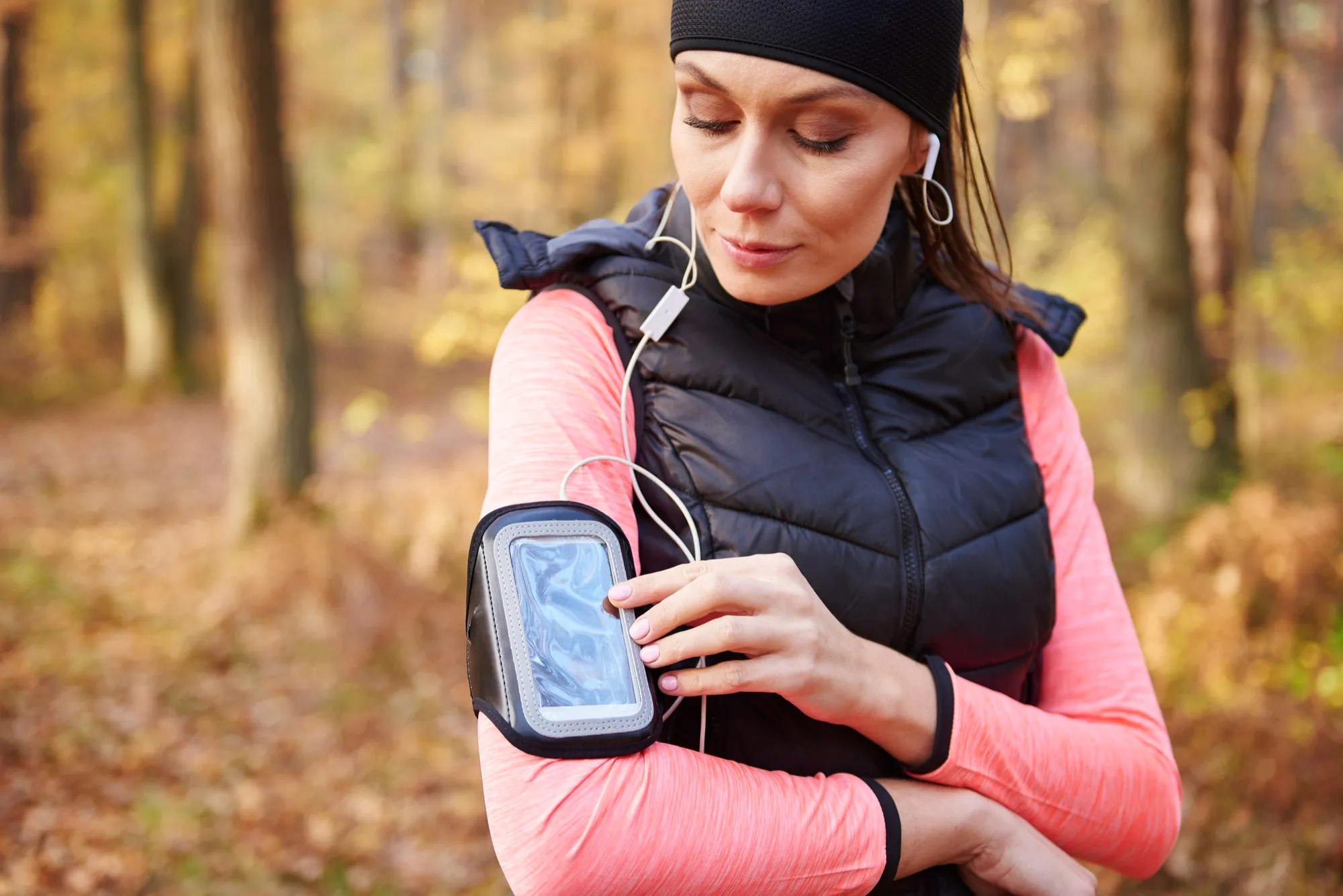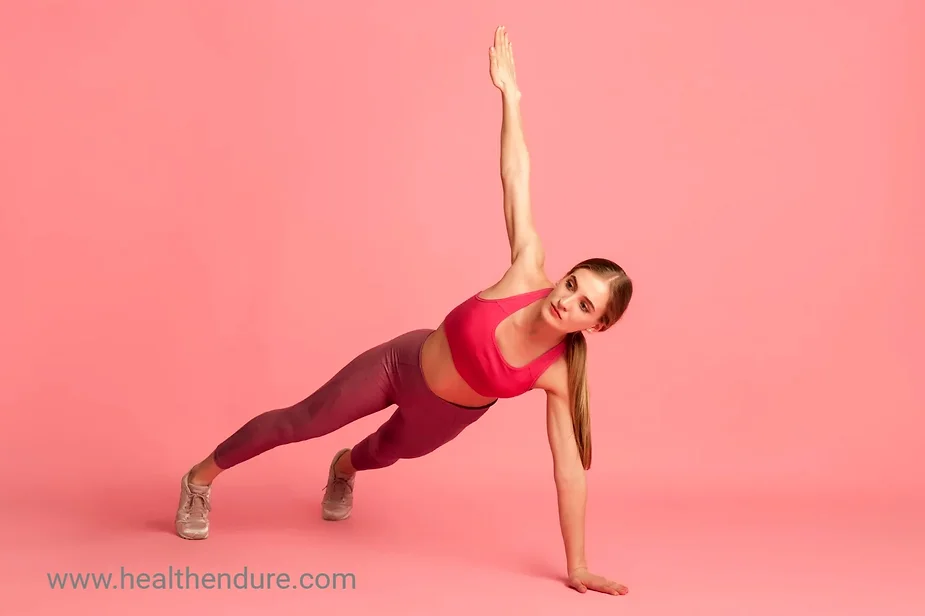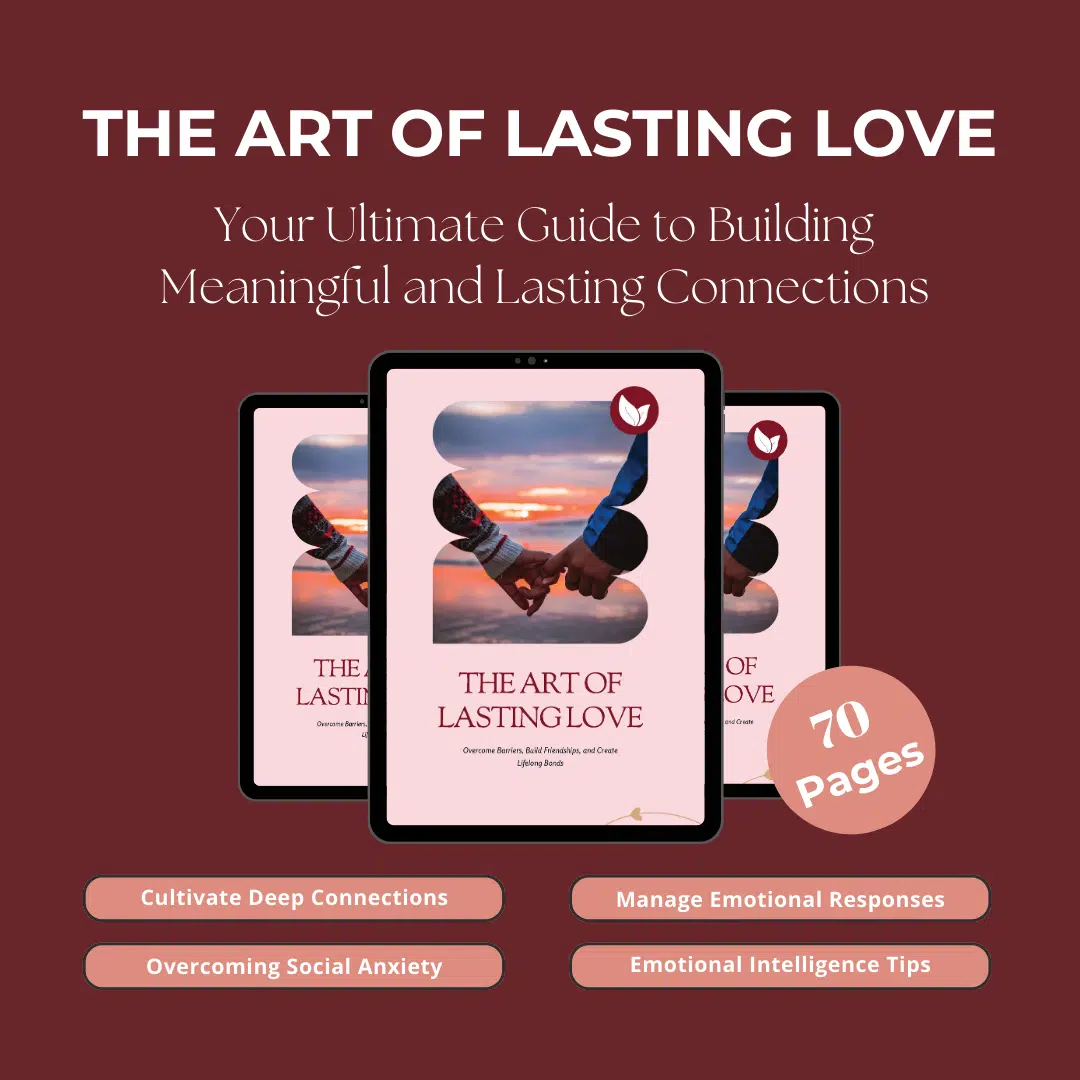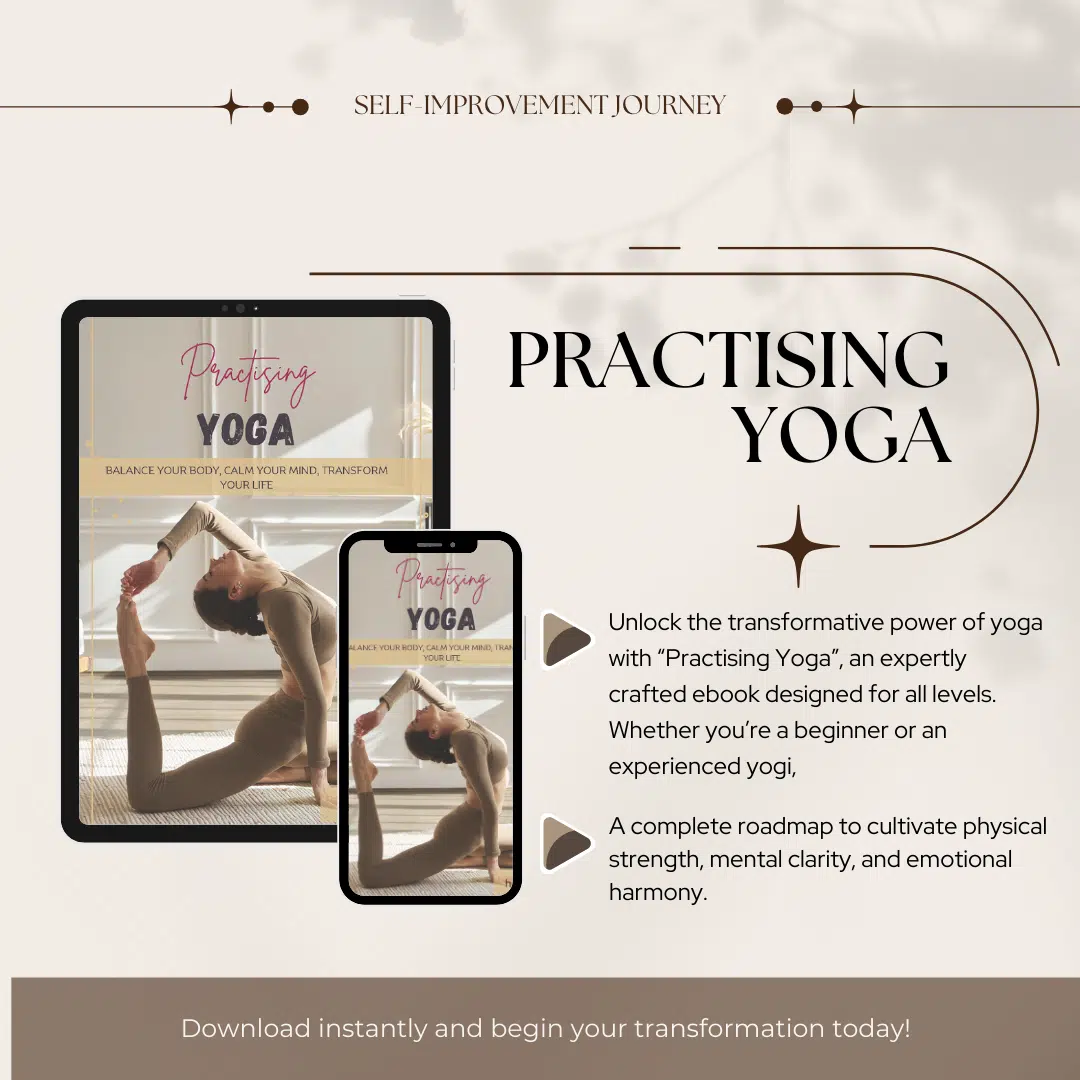Did you know that according to the Anxiety and Depression Association of America, nearly one in five adults in the United States experiences mental illness in a given year? Stress, anxiety, and other mental health concerns are a growing reality in our fast-paced world. While therapy and medication can be crucial tools, what if there was a simple, yet powerful, way to manage these challenges from within? Enter somatic exercises. These gentle movements focus on the mind-body connection, helping you tune into your internal sensations and find a sense of calm amidst the chaos.
What are Somatic Exercises?
Somatic exercises are more than just your average workout. Unlike traditional fitness routines focusing on outward appearance or muscle building, somatic exercises emphasize body awareness. They involve slow, gentle movements designed to bring your attention inward, allowing you to sense your body’s subtle signals and release any tension you might be holding.
Types of Somatic Exercises: Find Your Center and Release Tension
Let’s look at specific techniques you can easily include in your daily routine. Please bear in mind that these practices focus on gentle movement and awareness. Therefore, it’s crucial to pay attention to your body and avoid pushing yourself beyond your comfort zone.
1. Grounding Exercises: Anchor Yourself in the Present Moment
Grounding exercises are a quick and effective way to bring your awareness to the present moment and promote a sense of calm. These exercises help activate the parasympathetic nervous system, which counteracts the fight-or-flight response and promotes relaxation.
Here are a few simple grounding exercises you can try anywhere:
5-4-3-2-1
Look around you and silently name five things you see, four things you can touch, three things you hear, two things you smell, and one thing you taste. This simple practice helps anchor you in your immediate surroundings.
Feeling Your Feet
Stand tall with bare feet on the ground (or take off your shoes) and focus on the sensations in your feet. Feel the pressure of the ground against your soles and wiggle your toes. This helps reconnect you to your physical presence.
2. Body Scans: Frontline Somatic Exercises
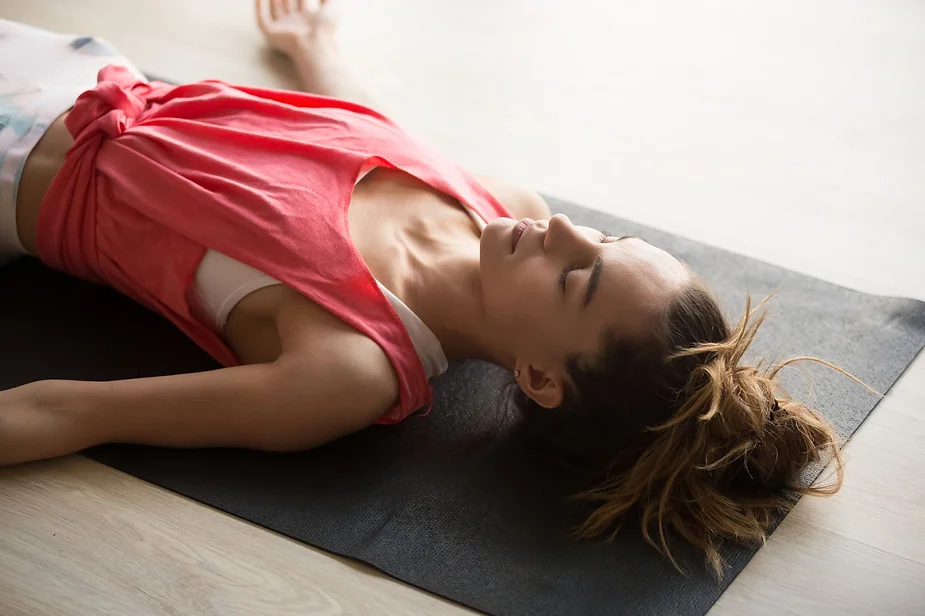
Ever feel like you’re carrying the weight of the world on your shoulders? A body scan exercise can help you identify areas of tension in your body that you might not even be aware of. By focusing on different parts of your body and noticing any sensations you experience, you can release pent-up tension and promote relaxation. The duration may be 5 minutes.
Steps to Follow
Here’s a guided body scan script you can follow at home:
-
Find a comfortable position, either lying down or seated. Close your eyes and take a few deep breaths.
-
Begin by focusing on your toes. Notice any sensations, like tingling, warmth, or tightness. Take a few breaths and allow any tension to soften.
-
Slowly move your attention up your body, focusing on each major muscle group – calves, thighs, hips, abdomen, back, chest, shoulders, neck, and head. Notice any sensations without judgment and allow tension to release with each exhale.
-
When you finish scanning your entire body, take a few deep breaths and slowly open your eyes, feeling refreshed and grounded.
3. Breathwork: The Power of Your Breath
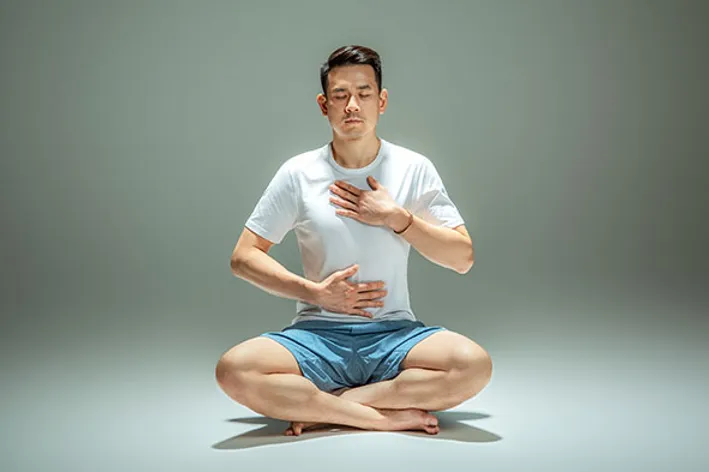
Did you know that simply focusing on your breath can have a profound impact on your mental and physical well-being? Breathwork is a core component of somatic exercises, and techniques like diaphragmatic breathing can significantly reduce stress and anxiety. Here’s why:
Diaphragmatic breathing, also known as belly breathing, activates the parasympathetic nervous system, promoting relaxation and lowering stress hormones.
Steps to Follow
Here’s how to practice diaphragmatic breathing:
-
Lie down on your back with your knees bent and feet flat on the floor. Place one hand on your chest and the other on your stomach.
-
As you inhale slowly through your nose, feel your belly rise while your chest remains relatively still.
-
Exhale slowly through pursed lips, feeling your stomach sink back down.
-
Practice diaphragmatic breathing for a few minutes (3 minutes on average) each day to experience its calming effects.
4. Posture Exercises: Stand Tall and Feel Strong
Poor posture can not only contribute to pain but also lead to feelings of fatigue and low energy. Somatic posture exercises help you become aware of your body alignment and make subtle adjustments to improve your posture. This can lead to increased energy levels, reduced pain, and a more confident feeling.
Here are a few simple posture exercises to try:
Shoulder Rolls
Gently roll your shoulders forward five times, then backward five times. Focus on feeling the movement in your shoulders and upper back.
Spinal Stretch
Sit or stand tall and slowly lengthen your spine upwards, reaching the crown of your head towards the ceiling. Hold for a few seconds, then slowly return to the starting position.
5. Somatic Stretching: Release Tension with Gentle Movement
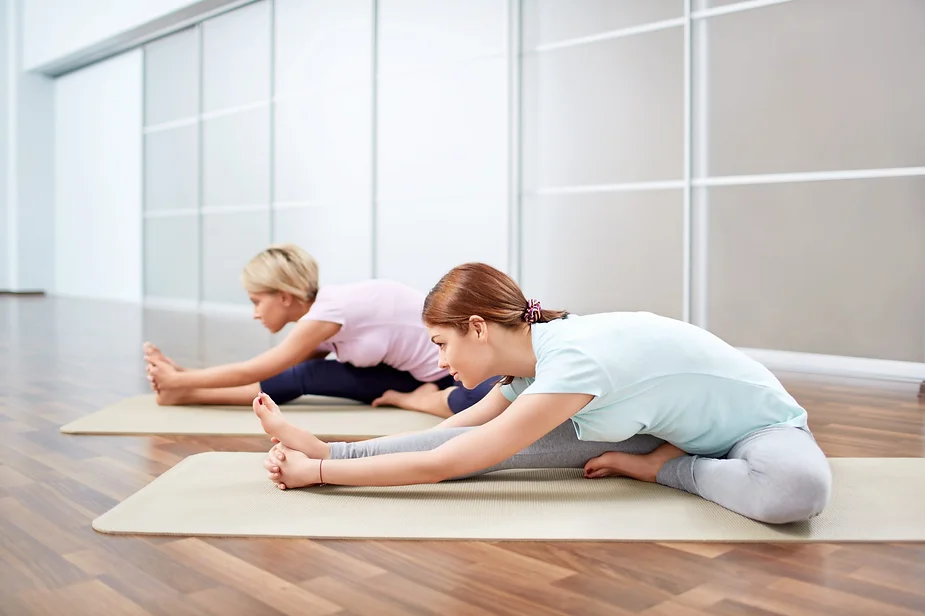
Unlike static stretching, which involves holding a position for a set amount of time, somatic stretching focuses on mindful movement and breath to release tension and improve flexibility. This gentle approach can be especially beneficial for managing stress and chronic pain.
Here’s how somatic stretching differs from static stretching:
Focus
Somatic stretching focuses on feeling the sensations in your body during movement, while static stretching emphasizes holding a position to increase flexibility.
Movement
Somatic stretching involves gentle, fluid movements, while static stretching is typically static with minimal movement.
6. Yoga: A Holistic Approach to Mind-Body Wellness
Yoga is a popular form of somatic exercise that combines physical postures (asanas), breathwork (pranayama), and meditation. By incorporating these elements, yoga promotes relaxation, improves flexibility, and cultivates a sense of inner peace.
There are many different styles of yoga suitable for all levels of experience, from gentle restorative yoga to more physically demanding Vinyasa flows.
Somatic Yoga Types
Here are a few yoga styles to consider:
Hatha Yoga: A foundational style that introduces basic postures and breathing techniques, perfect for beginners.
Yin Yoga: A slow-paced practice that targets connective tissues and promotes deep relaxation.
Vinyasa Yoga: A more dynamic style that synchronizes movement with breath, creating a flowing sequence.
Somatic Yoga Poses
-
Supported Mountain Pose (Tadasana with a Wall)
-
Supported Child’s Pose (Balasana with Props)
-
Supine Twist (Supta Matsyendrasana Variation)
-
Supported Bridge Pose (Setu Bandhasana with Blocks)
-
Cat-Cow (Marjaryasana-Bitilasana)
Benefits of Somatic Exercises
-
Reduced Stress and Anxiety
(Research has advocated for mindfulness as a beneficial practice that improves well-being and aids in managing the psychological effects of stressful experiences) -
Improved Body Awareness and Promoting Overall Well-being.
-
Pain Management and Improved Movement Patterns.
(Research has demonstrated that somatic practices introduce innovative approaches to understanding and addressing chronic pain). -
Improve mood, better sleep, and increased self-compassion.
Getting Started with Somatic Exercises: Tips for Beginners
Ready to embark on your somatic exercise journey? Here’s what you need to know to get started and experience the transformative power of these practices.
Create a Calming Space
Find a quiet area free from distractions where you can feel comfortable and relaxed during your practice. Consider using calming music or natural sounds to enhance the atmosphere.
Start Small, Be Consistent
Don’t overwhelm yourself! Begin with short sessions, just 5-10 minutes a day, and gradually increase the duration as you become more comfortable. Consistency is key, so aim to incorporate somatic exercises into your routine most days of the week.
Listen to Your Body
Somatic exercises are about gentle movement and awareness. Never force yourself into a position that causes pain. Focus on feeling the sensations in your body and make adjustments as needed.
Wear Comfortable Clothing
Opt for loose-fitting clothes that allow for free movement without restriction.
Focus on Breath: Remember, breathwork is a fundamental aspect of somatic exercises. Pay attention to your breath throughout your practice, using it to guide your movements and promote relaxation.
Finding a Somatic Therapist (Optional)
While you can certainly explore somatic exercises on your own, working with a qualified somatic therapist can offer personalized guidance and a deeper exploration of these practices. Somatic therapists can help you tailor a program to address specific needs, whether it’s managing stress, chronic pain, or improving body awareness.
Precautions: Somatic Side Effects
Somatic exercises target your nervous system, and you might experience some temporary side effects. These can include:
-
Muscle twitches
-
Muscle pain
-
Lack of muscle awareness
-
Nausea
-
Dizziness
-
Headache
If you encounter any of these, don’t be discouraged! Take a break, reduce repetitions, or simply stop the exercise and consider skipping it next time. Remember, these symptoms are usually temporary and fade as your body adjusts to the movements.
FAQ: Can Somatic Exercises Help With Weight Loss?
Somatic exercises aren’t designed specifically for weight loss, but the benefits they offer can indirectly support your weight management goals. By promoting stress reduction and improving body awareness, somatic exercises can help you make healthier choices throughout the day. This heightened awareness can make you more mindful of your hunger cues and satiety signals, potentially leading to more balanced eating habits. Remember, somatic exercises are a powerful tool for overall well-being, and a healthier you is often a slimmer you!
Conclusion
Embark on a journey inward. These Somatic practices and exercises offer a powerful gateway to a calmer mind, a more relaxed body, and a heightened sense of self. So, take a deep breath, find a quiet corner, and begin to explore the world within. You might be surprised by the strength and resilience you discover.
Ready to take the first step?
-
Subscribe to our Newsletter to start incorporating these practices into your routine today.
-
Share your experience! Leave a comment below and tell us how somatic exercises are impacting your life.



